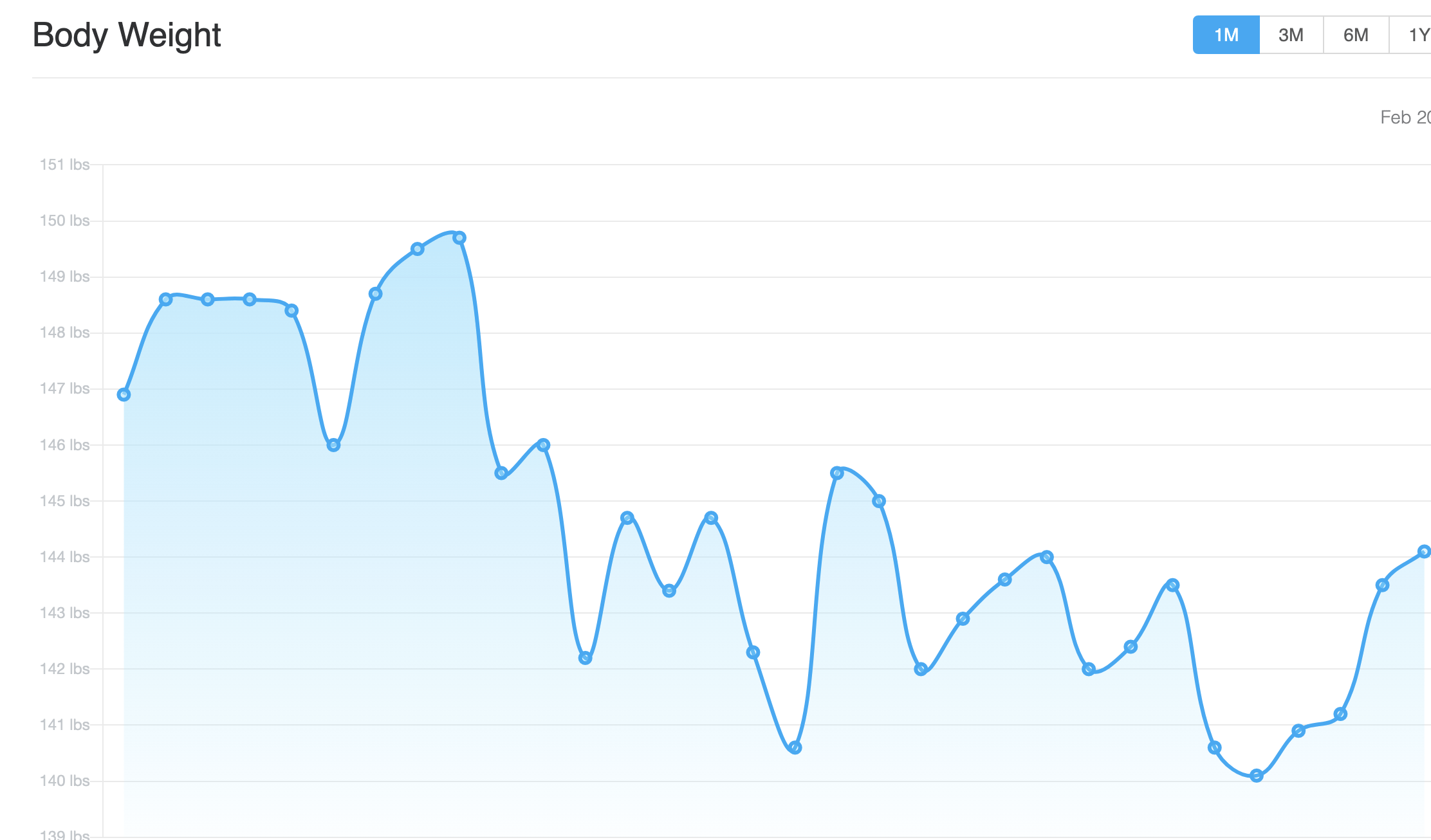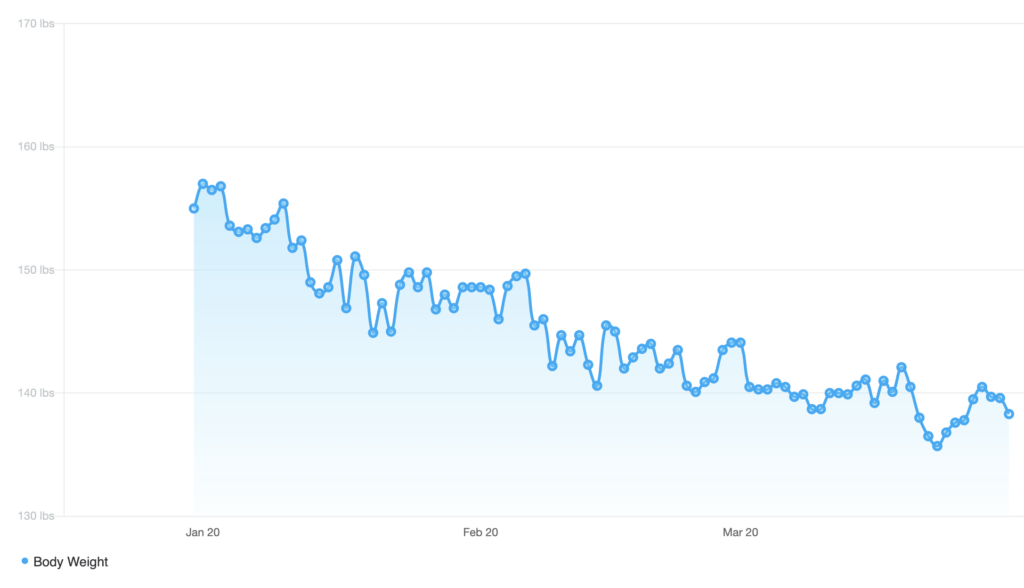Creating a Calorie Deficit
So, we all know that in order to lose body fat, we have to be in a calorie deficit.
All this means is that we need to be taking in less calories than our body is expending. But not too much less…
LET ME EXPLAIN:
So let’s say on average you burn 1700 calories just by living and breathing. This is the amount of calories your body burns if you were to just stay in bed all day and not move a muscle.
This is called your BMR or Basal Metabolic Rate.
Then, on top of that you go to work where you stand for 8 hours. You are also walking and talking and moving quite a bit.
Let’s say you also burn another 600 calories just by working and walking around on your feet all day.
This is called your NEAT or Non-Exercise Activity Thermogenesis.
Still with me?
Good.
1700 (BMR) + 600 (NEAT)= 2300 calories
This is your INPUT. (Remember this is just an example, yours will be completely different)
Cool?
Sweet.
Let’s continue:
So, we know that you need 2300 calories just to stay at the same weight you are at now. That’s called caloric maintenance.
Now, if you want to lose body fat, we need to find your deficit.
In order to do this, we would just take that your maintenance and subtract 300-500 calories.
This person’s deficit in this case would be 1800-2000 calories a day.
Why is it a range?
The reason I use a range is because you are not always going to hit that 1800 everyday, and this allows some flexibility in your fat loss journey.
I use ranges with all of my online coaching clients, and it is one of the most effective and flexible ways to stay within your deficit calories.
So, what if I don’t know my BMR or how many calories I burn?
This is where the magic formula comes in.
It’s the easiest thing in the world.
Ready?
Take your Goal Bodyweight. (The weight that you would like to weigh)
For example, let’s say that is 180 pounds.
Take that number and multiply it by 12.
In this case that would be 2,160 calories.
For a range, let’s say 2000-2200 calories.
BOOM. That’s it.
How Long Do I Eat Those Calories?
Start with 4 weeks, without changing a thing.
Don’t change your calories, just stay consistent no matter what.
What if the scale isn’t going down?
Here’s where that patience comes back into play.
The scale is going to look like a crashing stock on the stock market.
This is a real weight loss graph of one of my online coaching clients:

This is what one month of sustainable weight loss looks like.
This is about 4-6 pounds of weight loss in one month. Quite the rollercoaster ride huh?
This is what that same program 3 months in looks like:

As you can see, this graph is definitely going on a downward slope. This is around 18-20 pounds of weight loss over a 3 month period.
When you look at the big picture, you can see how a month of data doesn’t really reflect what’s going on long-term.
Average Weekly Weigh-In
Once you have an idea of how weight loss works, in order to get accurate data, you should be weighing yourself EVERY DAY.
Take those numbers, write em down, and add them up at the end of the week.
Divide that number 7 and now you have your average for the week.
Compare your average from week 1, 2, 3, and 4.
You should see a downward trend of around 0.5-1 pound of weight loss per week.
Be patient, this takes time.
Some weeks you won’t lose weight. Others you will lose plenty.
Just be patient and stay consistent.
If you need help and accountability with this process, check out my online coaching program and work with me 1 on 1 to get you to your goals.

